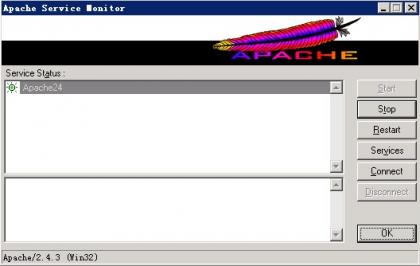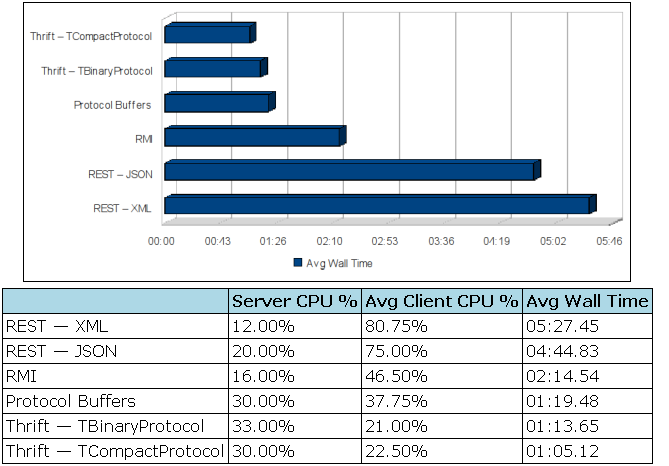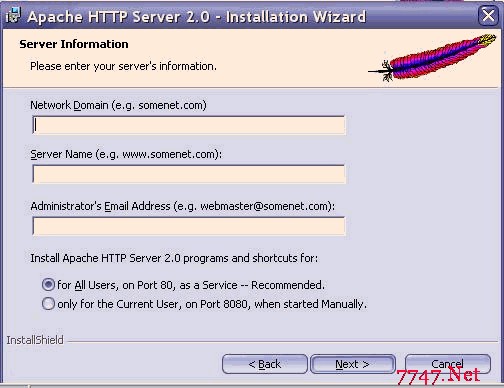ApacheReferenceManual3
ContentDigest directive Syntax: ContentDigest on|off Default: ContentDigest off Context: server config, virtual host, directory, .htaccess Override: Options Status: experimental Compatibility: ContentDigest is only available in Apache 1.1 and later This directive enables the generation of Content-MD5 headers as defined in RFC1864 respectively RFC2068. MD5 is an algorithm for computing a "message digest" (sometimes called "fingerprint") of arbitrary-length data, with a high degree of confidence that any alterations in the data will be reflected in alterations in the message digest. The Content-MD5 header provides an end-to-end message integrity check (MIC) of the entity-body. A proxy or client may check this header for detecting accidental modification of the entity-body in transit. Example header: Content-MD5: AuLb7Dp1rqtRtxz2m9kRpA== Note that this can cause performance problems on your server since the message digest is computed on every request (the values are not cached). Content-MD5 is only sent for documents served by the core, and not by any module. For example, SSI documents, output from CGI scripts, and byte range responses do not have this header. -------------------------------------------------------------------------------- CoreDumpDirectory directive Syntax: CoreDumpDirectory directory Default: the same location as ServerRoot Context: server config Status: core This controls the directory to which Apache attempts to switch before dumping core. The default is in the ServerRoot directory, however since this should not be writable by the user the server runs as, core dumps wont normally get written. If you want a core dump for debugging, you can use this directive to place it in a different location. -------------------------------------------------------------------------------- DefaultType directive Syntax: DefaultType MIME-type Default: DefaultType text/html Context: server config, virtual host, directory, .htaccess Override: FileInfo Status: core There will be times when the server is asked to provide a document whose type cannot be determined by its MIME types mappings. The server must inform the client of the content-type of the document, so in the event of an unknown type it uses the DefaultType. For example: DefaultType image/gif would be appropriate for a directory which contained many gif images with filenames missing the .gif extension. --------------------------------------------------------------------------------
directive Syntax: ... Context: server config, virtual host Status: Core.and are used to enclose a group of directives which will apply only to the named directory and sub-directories of that directory. Any directive which is allowed in a directory context may be used. Directory is either the full path to a directory, or a wild-card string. In a wild-card string, `? matches any single character, and `* matches any sequences of characters. As of Apache 1.3, you may also use `[] character ranges like in the shell. Also as of Apache 1.3 none of the wildcards match a `/ character, which more closely mimics the behaviour of Unix shells. Example:Options Indexes FollowSymLinks Apache 1.2 and above: Extended regular expressions can also be used, with the addition of the ~ character. For example:would match directories in /www/ that consisted of three numbers. If multiple (non-regular expression) directory sections match the directory (or its parents) containing a document, then the directives are applied in the order of shortest match first, interspersed with the directives from the .htaccess files. For example, with AllowOverride None AllowOverride FileInfo for access to the document /home/web/dir/doc.html the steps are: Apply directive AllowOverride None (disabling .htaccess files). Apply directive AllowOverride FileInfo (for directory /home/web). Apply any FileInfo directives in /home/web/.htaccess Regular expression directory sections are handled slightly differently by Apache 1.2 and 1.3. In Apache 1.2 they are interspersed with the normal directory sections and applied in the order they appear in the configuration file. They are applied only once, and apply when the shortest match possible occurs. In Apache 1.3 regular expressions are not considered until after all of the normal sections have been applied. Then all of the regular expressions are tested in the order they appeared in the configuration file. For example, with... directives here ... Suppose that the filename being accessed is /home/abc/public_html/abc/index.html. The server considers each of /, /home, /home/abc, /home/abc/public_html, and /home/abc/public_html/abc in that order. In Apache 1.2, when /home/abc is considered, the regular expression will match and be applied. In Apache 1.3 the regular expression isnt considered at all at that point in the tree. It wont be considered until after all normals and .htaccess files have been applied. Then the regular expression will match on /home/abc/public_html/abc and be applied. Note that the default Apache access for and then override this for directories you want accessible. See the Security Tips page for more details. The directory sections typically occur in the access.conf file, but they may appear in any configuration file.is Allow from All. This means that Apache will serve any file mapped from an URL. It is recommended that you change this with a block such as Order Deny,Allow Deny from All directives cannot nest, and cannot appear in a or section. See also: How Directory, Location and Files sections work for an explanation of how these different sections are combined when a request is received ------------------------------
补充:Web开发 , php ,




